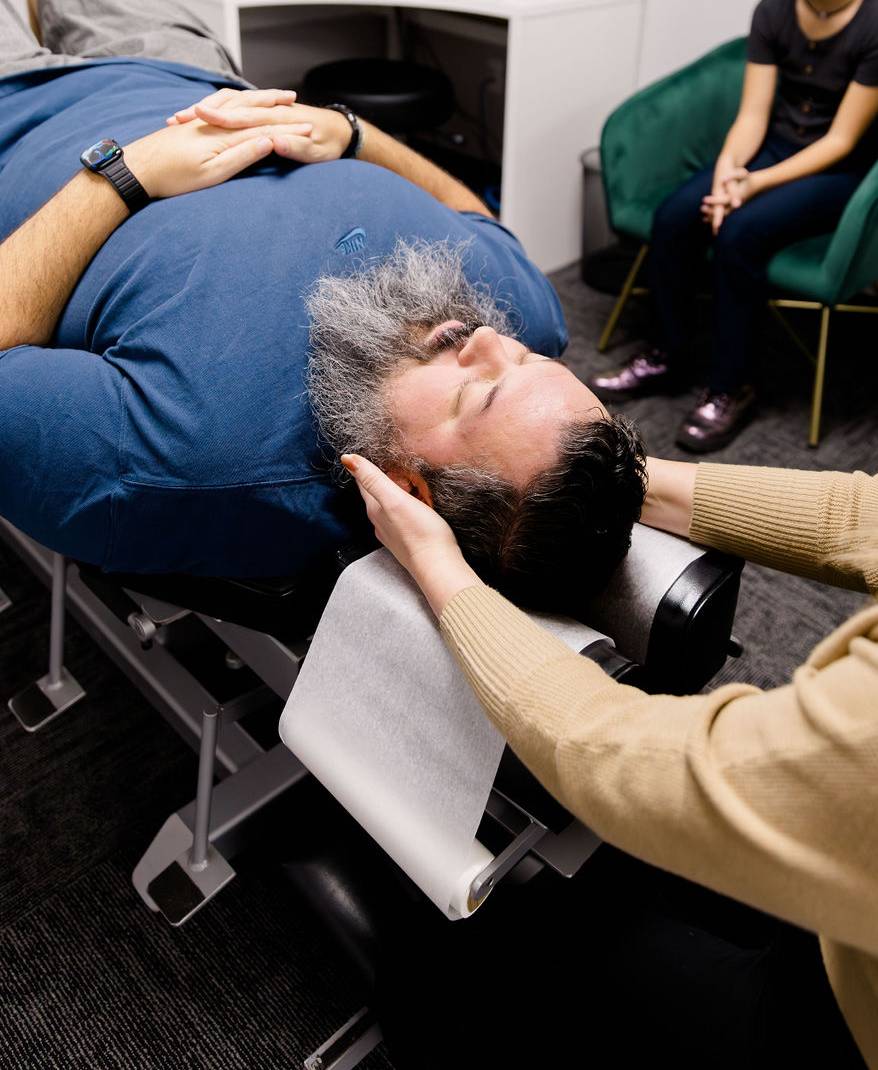Beyond Symptom Relief: Addressing Root Causes
While relief from pain is an important first step, true healing requires addressing the underlying structural and functional issues that caused your symptoms. Phase 2: Corrective Care focuses on creating lasting changes in your spine and nervous system to prevent future problems and promote optimal health


The Critical Phase Most Practices Skip
Most healthcare approaches regard the elimination of symptoms as the end goal. At Impact Chiropractic, we understand that pain relief is just the beginning of your wellness journey. If care stops when pain subsides, the likelihood of symptom recurrence increases dramatically.
During Corrective Care, we focus on:
- Structural Rehabilitation: Restoring proper spinal alignment and posture
- Neurological Re-education: Retraining your nervous system for optimal function
- Tissue Remodeling: Allowing soft tissues to heal completely and properly
- Functional Improvement: Enhancing how your body moves and performs
- Stabilization: Creating lasting changes that maintain your improvements
What to Expect During Corrective Care
Adjusted Visit Frequency
During this phase, your visit frequency typically decreases to 1-2 times per week, depending on your specific condition and progress. Though less frequent, these visits are crucial for creating lasting change.
Comprehensive
Your Corrective Care plan expands beyond basic adjustments to include:
- Specialized adjustment techniques
- Spinal traction procedures
- Rehabilitative exercises
- Posture training
- Functional movement assessment
Progress Evaluations
Regular assessments track your improvement through:
- Comparative examinations
- Posture analysis
- Functional testing
The Bridge to Wellness Care
As your spine stabilizes and objective measurements show significant improvement, you'll be ready to transition to Phase 3: Wellness Care. This final phase focuses on maintaining your corrections and supporting ongoing optimal function.
Completing Corrective Care is essential for achieving lasting results. While it requires commitment, patients who complete this phase report the most significant long-term improvements in both symptoms and overall health.
Corrective Care builds upon the foundation of Relief Care to create structural changes that support long-term health and function.

